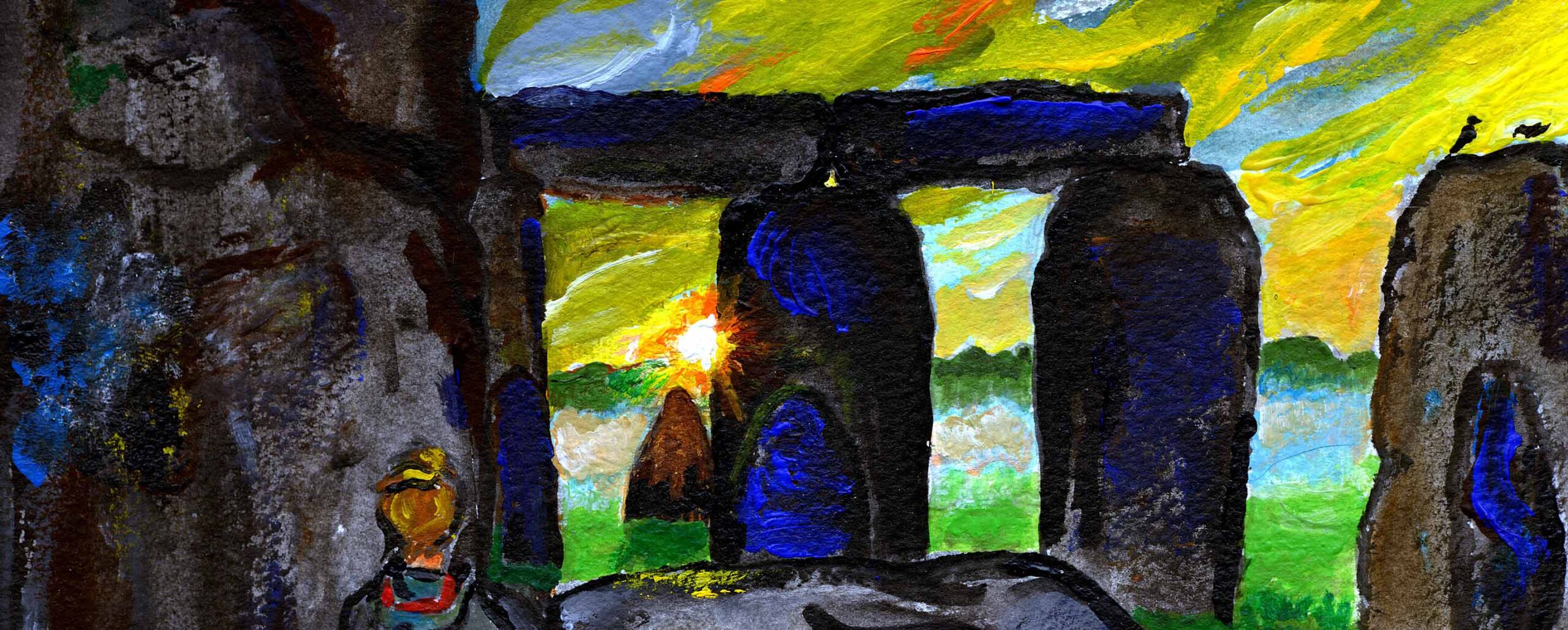On 1908 June 30, something exploded over a remote region of Siberia. It was the largest impact from space in Earth’s recorded history.
There have been far larger objects that actually reached the solid ground and caused far more damage, but they were before history: the strikes that caused Meteor Crater in Arizona, 50,000 years ago, and, 66 million years ago, the Chicxulub buried crater and the end of the Cretaceous age.

In this picture, the streak for the Tunguska object is guessed, not calculated.
On that morning in 1908, at about 7:17 by local Siberian time, the native people (Buryat, Evenki, and others) and Russian settlers of a thinly populated region northwest of Lake Baikal saw the sky split by a long bluish flash almost as bright as the low morning Sun. It was followed by noise like artillery, then shock waves that knocked people off their feet and that reached, hours later, as far as Britain in one direction and Washington D.C. in the other. The trees of the taiga forest were flattened radially outward over an area of nearly a thousand square miles.
There is no town nearby. The event got its name from the Podkamennaya Tunguska, Stony Tunguska river, which got its name from the Tungusic-speaking peoples of the region, and which, roughly parallel with the Nizhnya Tunguska, Lower Tunguska, flows west to join the great Yenisei and reach the Arctic Ocean.
Not till 13 years later did scientists get to the remote region and gather evidence of what had happened. So there is much uncertainty. Was it a comet, a small asteroid, even a black hole passing through the Earth? Calculations are that an object maybe 50 meters wide exploded maybe 100 kilometers up in the atmosphere. Though no parts of it and no crater have been found on the ground, it counts as the largest impact in recorded history
Plausibly, though not certainly, it was a fragment of 2P Encke, the periodic comet that, because of the shortness of its orbit, returns most frequently – every 3.3 years since its first discovery in 1786. Johann Encke was not one of its independent discoverers, but was the mathematician who in 1819 by laborious calculations proved that several previous comets were the same one.
The Beta Taurid meteor shower peaks on June 28 or 29. It is caused by one of the debris streams from Comet Encke, and is a daylight shower, detected by radar, because it is in the out-going part of the orbit and therefore, like the Tunguska object, hits the sunward side of Earth. The shower’s radiant is near the star Zeta Tauri, the tip of the Bull’s southern horn, which at the end of June is not far south and west of the Sun.

Lines on the ecliptic plane are 1 astronomical unit (Sun-Earth distance) apart. The thicker line is the vernal equinox direction. The comet’s path is shown for 2020. Stalks from it to the ecliptic plane are at 1-month intervals.
